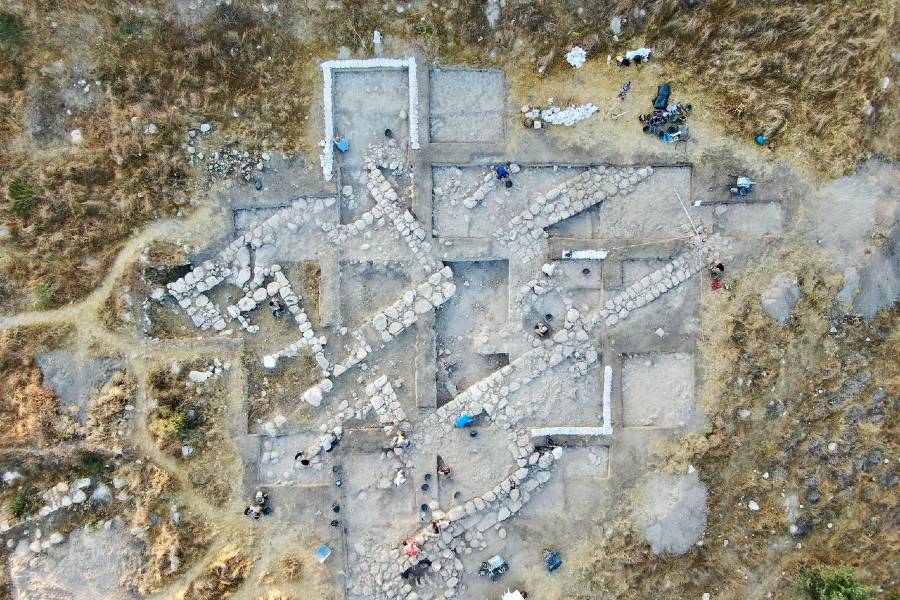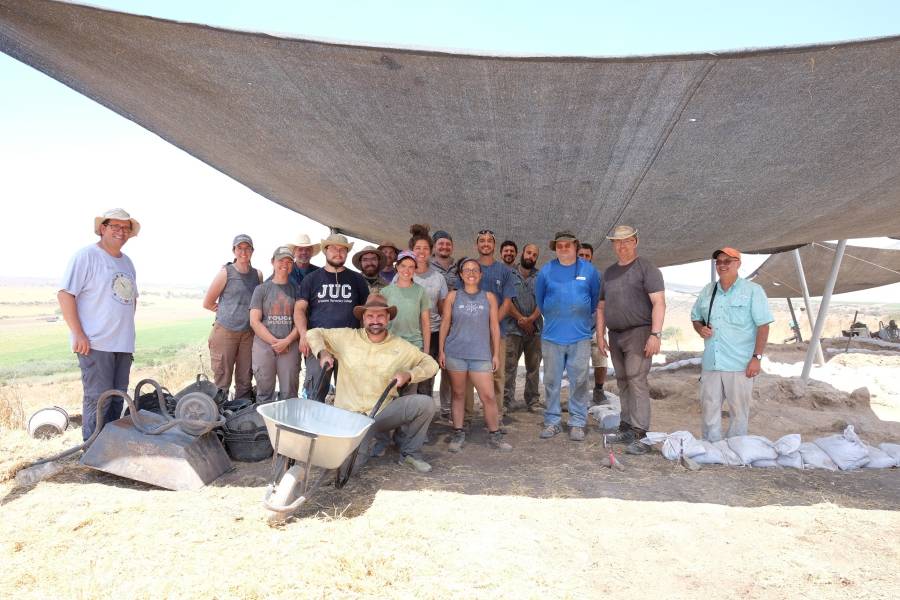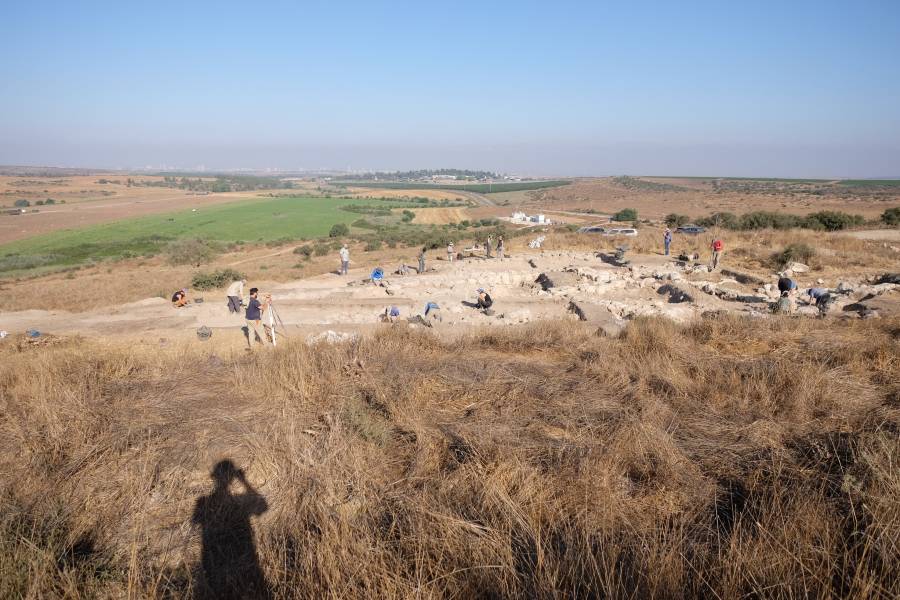Lanier Center students, faculty make 'historic discoveries' in Israel's Tel Burna excavation
Staff Reports |

In a breakthrough that reveals new insights into ancient Canaanite societies, students and faculty in Lipscomb University's Lanier Center for Archaeology have significantly contributed to key discoveries at Israel’s Tel Burna this summer.
Alongside Ariel University and the Land of Israel Studies and Archaeology department, these Lipscomb students helped uncover monumental buildings and a rare Canaanite cult complex, offering a glimpse into religious practices over 3,000 years old. Amid regional conflicts, this final excavation season, from June 23 to July 12, highlighted intricate pithoi and vibrant cultural practices from a Judean border town of the biblical period, marking the conclusion of 14 seasons of ground-breaking archaeological work.
Significant Discoveries and Historical Insights
The Tel Burna site, located in the Shephelah region, has yielded invaluable insights into a Canaanite city from the 13th century BC and a Judean border town from the biblical period, according to Itzhaq Shai, professor at Ariel University and project director. Among the many remarkable findings were several giant storage jars known as pithoi. These pithoi, which were prevalent in the Bronze Age Mediterranean region, presented a surprising twist for archaeologists when they were discovered both as imported items from Cyprus and locally manufactured.

"The discovery of these pithoi at Tel Burna, especially those that were locally produced after a long hiatus, provides unique insights into the trade and cultural exchanges of the Late Bronze Age," said Shai. "It also reflects the ingenuity and adaptability of the local potters of that era. Uncovering the monumental buildings, fortifications, and agricultural installations has given us a clearer picture of the historical significance of this site."
This season also highlighted the significant role of international collaboration in archaeological research. Visiting professors and volunteers from a wide range of countries including the Czech Republic, Canada, Indonesia, Switzerland, the UK, Norway, Croatia, Taiwan, Australia, New Zealand, India, and the United States joined the excavation team. Their diverse perspectives and expertise contributed greatly to the success of the project, showcasing the universal appeal and importance of cultural heritage preservation.
Educational Collaboration and International Participation
Steven Ortiz, director of the Lanier Center for Archaeology and co-director of the Tel Burna Excavation Project, emphasized the positive experience of bringing American students to Israel.
"Our students have shown incredible commitment, working diligently to uncover the rich history of this land, the Holy Land. Despite the ongoing regional conflicts, their experience in Israel has been both safe and profoundly educational," said Ortiz. "We are honored to bolster the enduring bonds between our institutions. The warmth and gratitude expressed by our Israeli colleagues have deeply moved us, reinforcing the value of our continued collaboration in these challenging times."
One of the research questions this summer was exploring where the religious leaders lived. We had uncovered a previous Canaanite cultic complex and thought we had a small elite building to the south. We discovered that this is perhaps the largest building complex in this region dating to the Late Bronze Age (1550-1200 BCE). We still do not understand the function of this building. It consists of long hallways or chambers with auxiliary rooms. Some of these rooms had several storage jars in them. Perhaps this is the house of the priests or an administrative building for the collection of offerings. Such a large complex had to have served the broader region," added Shai.
"The building sits on a small plateau overlooking the Guvrin valley, where local Canaanites would have seen this cultic complex from the valley. Based on previous seasons of excavation, one can note that the local Canaanite ritual practice was influenced by and assimilated Cypriot traditions," said Ortiz.

Overcoming Challenges
The participation of international students, undeterred by the regional conflicts, underscores their passion for archaeology and international cooperation. "The resilience and enthusiasm of our students have been truly inspiring," added Shai. "Their contributions have been invaluable in uncovering significant archaeological findings and fostering global understanding."
Concluding the Excavation
This final season revealed further details about the site's fortifications, monumental buildings, and agricultural installations. Notably, the discovery of pithoi, both imported and locally made, sheds light on the trade dynamics and cultural influences of the Late Bronze Age. These giant storage jars, some of which were used in ceremonial contexts, illustrate the complex interplay between local and foreign artifacts and their impact on local practices.